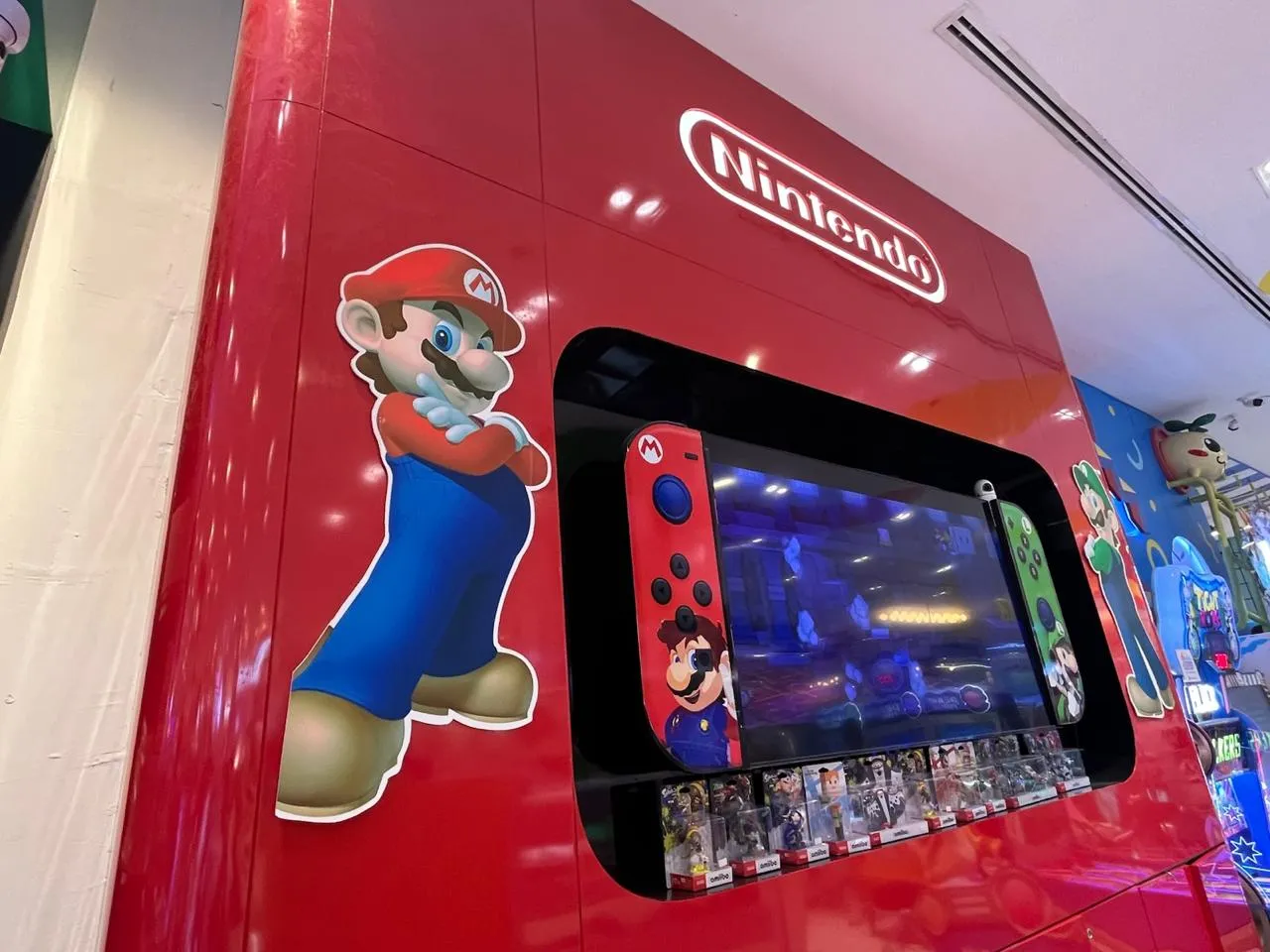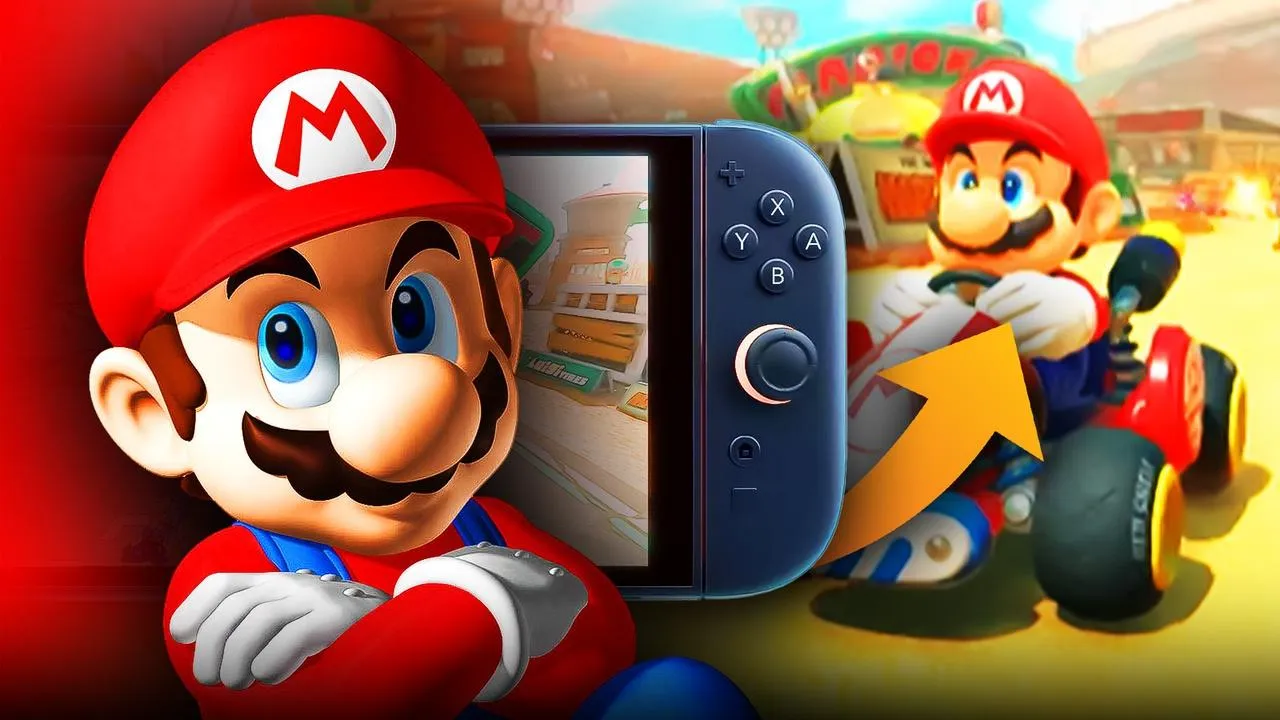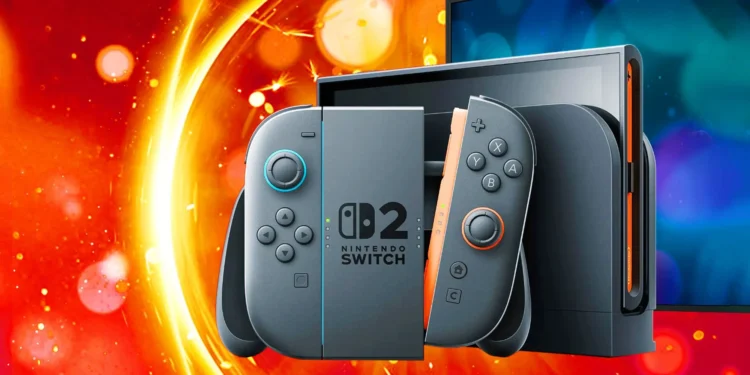Nintendo has never been shy about pushing boundaries in the gaming world, but its recent decision to price Mario Kart World at a staggering $80 has left fans and industry watchers alike questioning the company’s strategy. With some regions seeing even higher prices, the move is drawing significant attention. Nintendo executives, including Vice President of Product and Player Experience Bill Trinen, have been speaking out in defense of the pricing structure, but will their justifications win over skeptical gamers?

In an interview with IGN, Trinen offered insight into Nintendo’s reasoning:
“I would say it’s less about the strategy of pricing Mario Kart World, it’s more just whenever we look at a given game, we just look at what is the experience, and what’s the content, and what’s the value?” Trinen explained. “But honestly, this is a game that is so big and so vast, and you will find so many little things in it to discover. And there’s still some other secrets remaining that I think as people end up buying and playing the game, they’re going to find this to be probably the richest Mario Kart experience they’ve ever had.”
While this may sound convincing on the surface, many are still wondering if $80 is really a fair price for what is ultimately a racing game—no matter how expansive. Trinen’s emphasis on the game’s size and hidden content does little to directly address the central issue: How does Nintendo plan to justify this pricing for future games? Could we be seeing more publishers adopting similar strategies, leading to a potential industry-wide shift in pricing models?
Nintendo’s pricing gamble is certainly a bold one, but it may set a precedent that other major players in the gaming industry could soon follow.
Nintendo Switch 2: Tariffs and the $450 Price Tag
The conversation surrounding Mario Kart World’s pricing isn’t the only controversy Nintendo is currently navigating. With the upcoming release of the Nintendo Switch 2, many are concerned about how tariffs on Chinese-made products, especially those imposed by the Trump administration, could impact the console’s price. The initial $450 price tag for the Switch 2 has left many speculating whether the tariffs were factored into the pricing.

In a recent interview with Wired, Nintendo’s Doug Bowser addressed these concerns, clearing up some misconceptions:
“The tariffs weren’t factored into pricing before this reveal,” Bowser confirmed. “We’re actively assessing the situation, which creates a challenge. It’s something we’re going to have to address.”
What exactly does “address” mean for consumers? It could signal one of two potential outcomes: Nintendo either absorbs the increased cost, taking a hit to its profit margin, or the company raises the price of the Switch 2 even higher, passing the additional costs on to gamers. With other major competitors like Microsoft and Sony also facing similar tariff-related challenges, it’s becoming increasingly clear that no one in the gaming industry will escape the effects of these economic shifts.
As for when the Switch 2 will be available for pre-order in the U.S., Nintendo has yet to confirm an exact date. The company has delayed pre-orders due to the ongoing tariff situation, though it insists that the official release date of June 5 remains unchanged. However, as Bowser acknowledged, the longer the delay lasts, the less likely this release date will hold.
The Bigger Picture: What This Means for Gamers and the Gaming Industry
For gamers, the reality of $80 games and increasingly expensive consoles may feel like a bitter pill to swallow. While Nintendo’s justifications for Mario Kart World’s pricing may hold some merit, many fans are left wondering how this new pricing structure will affect their wallets in the future. Furthermore, with the looming possibility of higher console prices due to tariffs, Nintendo may have unintentionally set the stage for a much-needed conversation about the future of video game pricing across the entire industry.

In the coming months, it will be interesting to see how other publishers and console makers react to Nintendo’s moves. Will higher prices become the norm? Or will consumers push back, demanding better value for their hard-earned cash?
As Nintendo grapples with these challenges, one thing is certain: the world of gaming is about to undergo significant changes—whether we’re ready for them or not.










